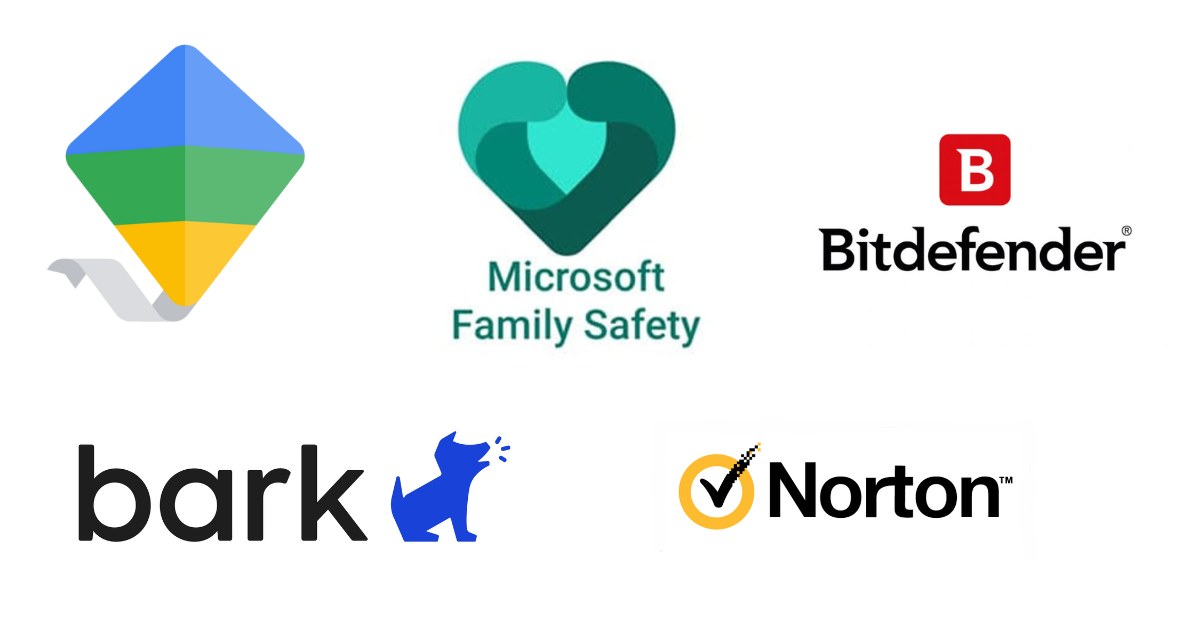To work in organizations today, you need to be able to influence people. Your topic alone is not always enough to influence others, and you do not always have a legitimate position. So, what is the best way to put yourself in the place of others? How do you encourage your colleagues to support your plans and accept your ideas? How can you be a person to go to other people who look to him for professional guidance and advice?
1. Build connections
It’s not a high school popularity contest, but “at a basic level, one of the reasons people do things for you” – support your point of view, or approve your budget – “is because they like you,” Clark said. You don’t have to be “horrible person in the room” or make sure “everyone is blown away by your charisma.”
2. Listen before you try to persuade
The best way to work with partners in supporting you and your agenda is to make them feel good. Start by giving them your separate attention in individual situations. “Most of us go around with a list of things to do in our heads,” Morgan said, and it shows. We are busy, busy, or ready to access our phones. Instead, you should “use the habit of focusing.”
3. Think about your body language (and your tone)
People are constantly testing whether they trust you or not, Morgan said. “[We] like to ask the question, ‘Is this person a friend or an enemy? Is this person trying to seduce me, or are we on the same side?'” on your feet there is the opposite effect.
4. Improve technology
One way to increase your influence in the workplace is to be “recognized as a professional” within your industry or organization, Clark said. This will not happen overnight, but you can take steps to improve critical business technology and knowhow. He suggests that you “immerse yourself in your topic” by regularly attending industry conferences, enrolling in a class or special certification program, or by taking a leading role in an appropriate organization.
5. Map strategy
When the time comes to use your influence to promote a particular program or idea, have a plan. Clark recommends creating a “power nap” to guide your campaign. “Create an org chart for decision-makers related to your problem,” he said. As you go through the process, “ask yourself, ‘Can I influence this person directly?
6. Give it to the people who want it
You can increase your influence on a particular issue by literally putting it as a benefit to the people you want. Consider each participant’s needs, ideas, and attitude. “Do your homework to find out what they need to hear and what will attract their attention,” Morgan said.
Principles to Remember
Cultivate communication with your coworkers so that they can have a positive attitude when you try to influence them.
Make it clear to your colleagues that you value their opinions.
Take steps to improve the technology by attending conferences or by taking a leadership role in an appropriate organization.












Add Comment